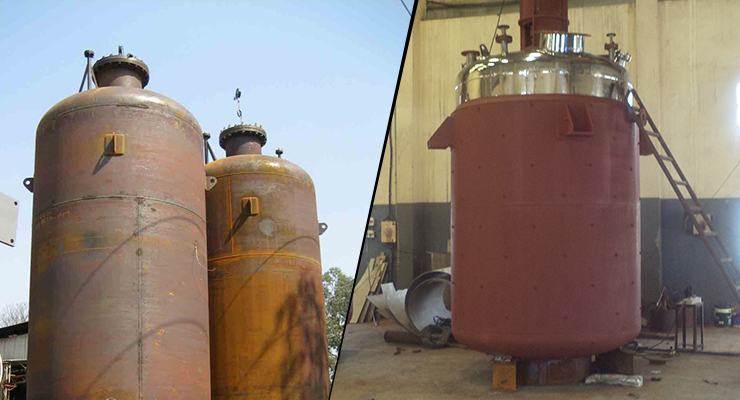
Reactors
We are masters in manufacturing, supply and export of Reactors that is universally praised for its consistent heat transfer. These reactors are widely used in different kinds of industries such as chemical, pharmaceutical, food and etc. These Equipment guarantees hassle-free performance and available at various specifications.
A chemical reactor is a device which is used to contain controlled chemical reactions. Reactions take place inside the reactor, in conditions which can be monitored and controlled for safety and efficiency. These types of reactors are used in the production of chemicals such as components of pharmaceutical compounds, and they can operate in several different ways. Chemical reactors can be designed as either tanks or pipes, depending on the needs, and they can vary in size considerably. The most common basic types of chemical reactors are tanks (where the reactants mix in the whole volume) and pipes or tubes (for laminar flow reactors and plug flow reactors)
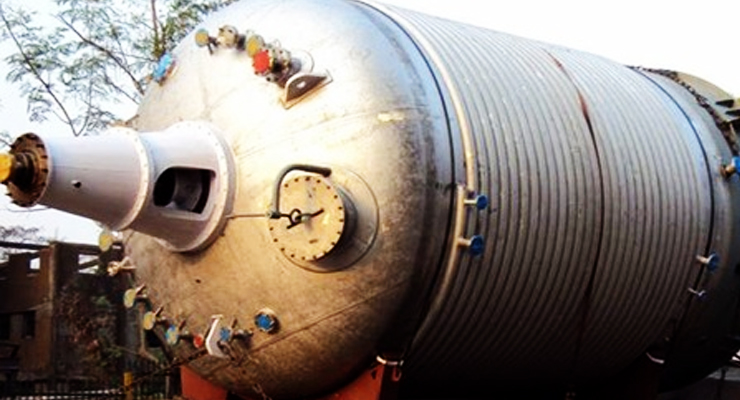
Hydrogenators
We are specialized in providing quality assured Hydrogenators with high functionality. These are in different operation capacities and pressure ratings, made with the high-grade raw material for robust structure. We also provide customized Hydrogenators.
Hydrogenators are devices constructed of hydrogen embrittlement-resistant metals, usually special types of stainless steel. They consist of a source of hydrogen, generally compressed hydrogen tanks. Various pressure gauges, either mechanical of electronic are used to display the pressure inside the reactor and gas cylinder. The reactor consists of a cylindrical or spherical (rarer) body, where metal catalysts are used to initiate the hydrogenation reaction. A compressor is used to achieve the desired pressure inside the reactor, while the temperature is regulated through a thermocouple.
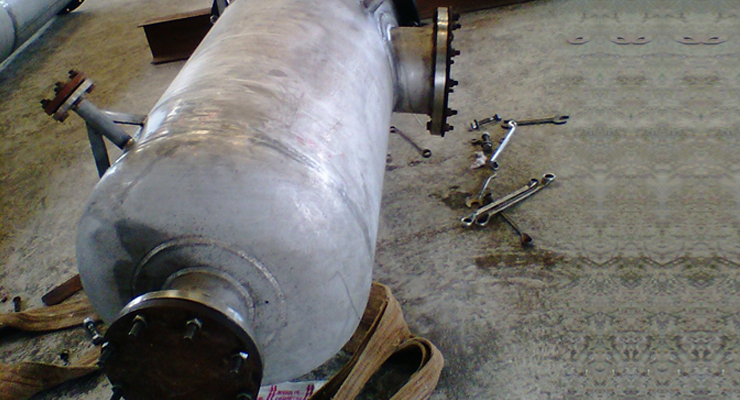
Distillation Columns
Owing to our state-of-art production unit and cutting edge technology, we are providing quality guaranteed Distillation columns with high quality and various specifications at affordable prices.Distillation columns are made up of several components, each of which is used either to transfer heat energy or enhance material transfer. A typical distillation contains several major components:
- A vertical shell where the separation of liquid components is carried out.
- Column internals such as trays/plates and /or packing which are used to enhance component separations.
- A re boiler to provide the necessary vaporization for the distillation process.
- A condenser to cool and condense the vapor leaving the top of the column.
- A reflux drum to hold the condensed vapor from the top of the column so that liquid (reflux) can be recycled back to the Column.
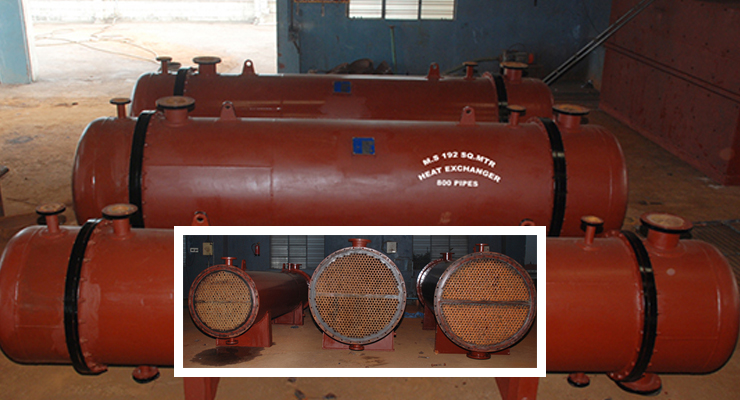
Heat Exchangers
We are the leading manufacturer and exporter of Heat Exchanger and our products ensure hassle-free performance and available in the market at various specifications. Our high functionality equipment is made of good quality and widely appreciated.
Heat exchangers consist of a series of tubes. One set of these tubes contains the fluid that must be either heated or cooled. The second fluid runs over the tubes that are being heated or cooled so that it can either provide the heat or absorb the heat required. A set of tubes is called the tube bundle and can be made up of several types of tubes: plain, longitudinally finned, etc. These heat exchangers are typically used for high-pressure applications (with pressures greater than 30 bar and temperatures greater than 260°C).This is because the shell and tube heat exchangers are robust due to their shape
There are several thermal design features that are to be taken into account when designing the tubes in the shell and tube heat exchangers.
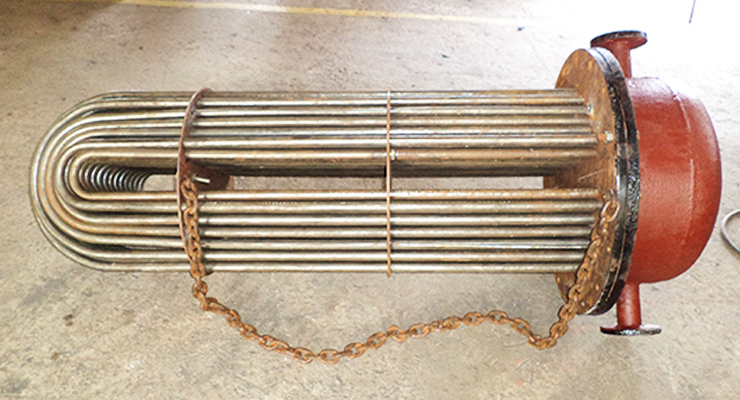
U-Tube Bundles
Liberty industries are manufacturing an extensive range of U-Tube Bundles by using advanced technology as per client specifications. Our fine quality tubes are used for a heat exchanger, condenser, economizer and boiler tubes.
It is the most common type of heat exchanger in oil refineries and other large chemical processes, and is suited for higher-pressure applications. As its name implies, this type of heat exchanger consists of a shell (a large pressure vessel) with a bundle of tubes inside it. One fluid runs through the tubes, and another fluid flows over the tubes (through the shell) to transfer heat between the two fluids. The set of tubes is called a tube bundle, and may be composed of several types of tubes: plain, longitudinally finned, etc.
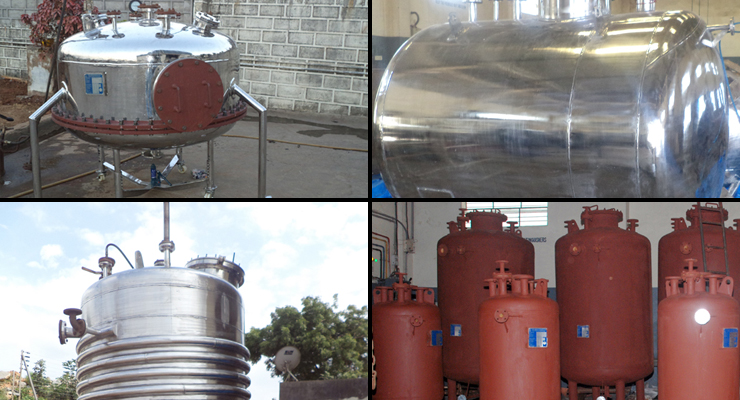
Filters, Receivers And Tanks
Liberty Engineering has made a well-recognized name as a manufacturer and service of Filters, Receivers And Tanks in India. we provide custom products at affordable prices within limited time.
Industrial filter is a filtration technique used in applications such as dye, paint, and pharmaceutical production[1] and waste water treatment.[2] Safety requirements and environmental concerns due to solvents evaporation led to development of this type of filter wherein filtration under vacuum or pressure can be carried out in closed vessels and solids can be discharged straightaway into drier.
A typical unit consists of a dished vessel with a perforated plate. The entire vessel can be kept at desired temperature by using a limpet jacket, jacketed bottom dish & stirrer (blade & shaft) through which heat transfer media can flow. The vessel can be made completely leak proof for vacuum or pressure service.
Air receiver tanks are designed to provide a supply buffer to meet short-term demand spikes that can exceed the compressor capacity. They also serve to dampen reciprocating compressor pulsations, separate out particle and liquids, and make the compressed air system easier to control. In some cases, installing a larger air receiver tank to meet occasional peak demands can even allow for the use of a smaller compressor. Air receivers in compressed air systems serves the important purposes of: Equalizing the pressure variation from the start/stop and modulating sequence of the compressor. Storage of air volume equalizing the variation in consumption and demand from the system. Collecting condensate and water in the air after the compressor.
Storage tanks are available in many shapes: vertical and horizontal cylindrical, open top and closed top; flat bottom, cone bottom, slope bottom and dish bottom. Large tanks tend to be vertical cylindrical, or to have rounded corners transition from vertical side wall to bottom profile, to easier withstand hydraulic hydrostatically induced pressure of contained liquid. Most container tanks for handling liquids during transportation are designed to handle varying degrees of pressure.





